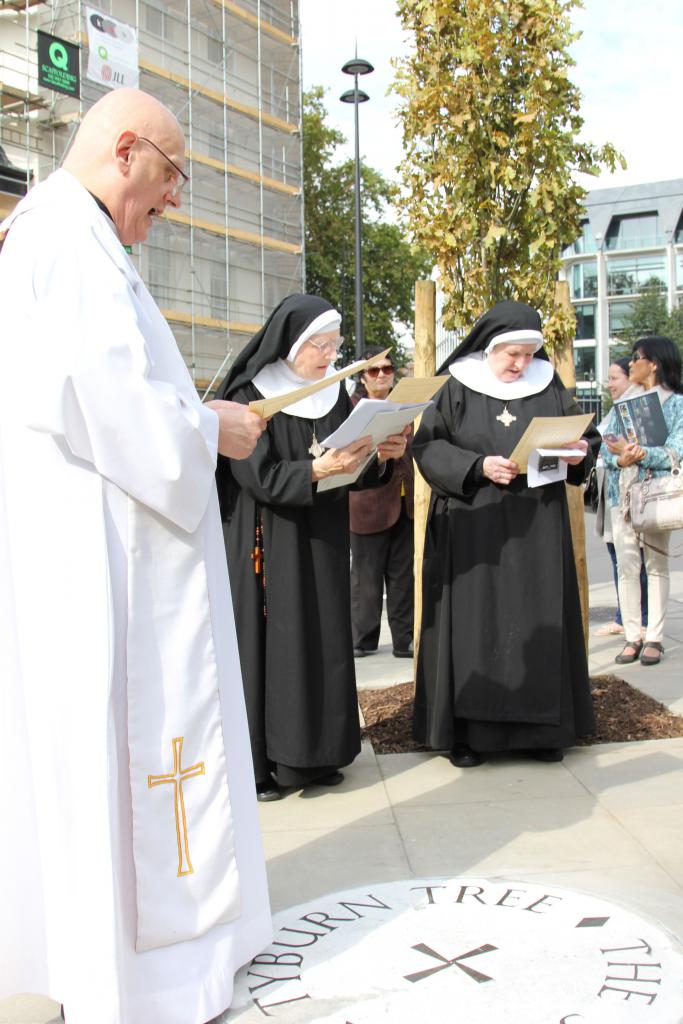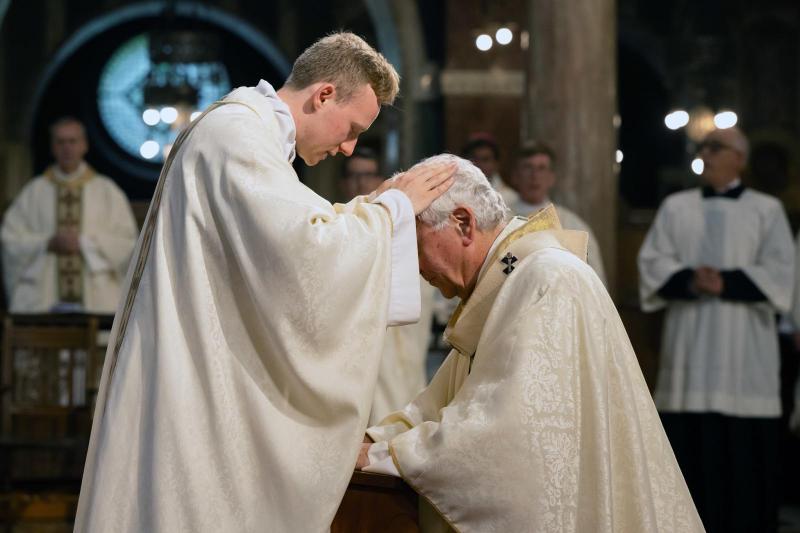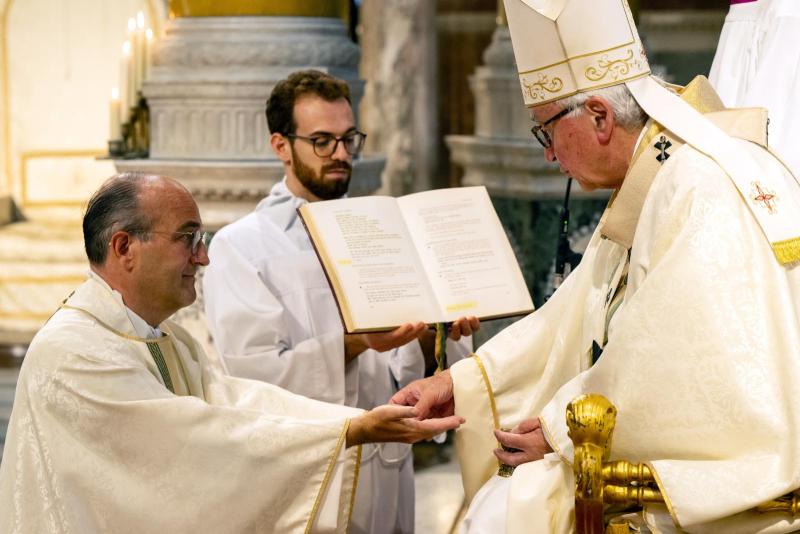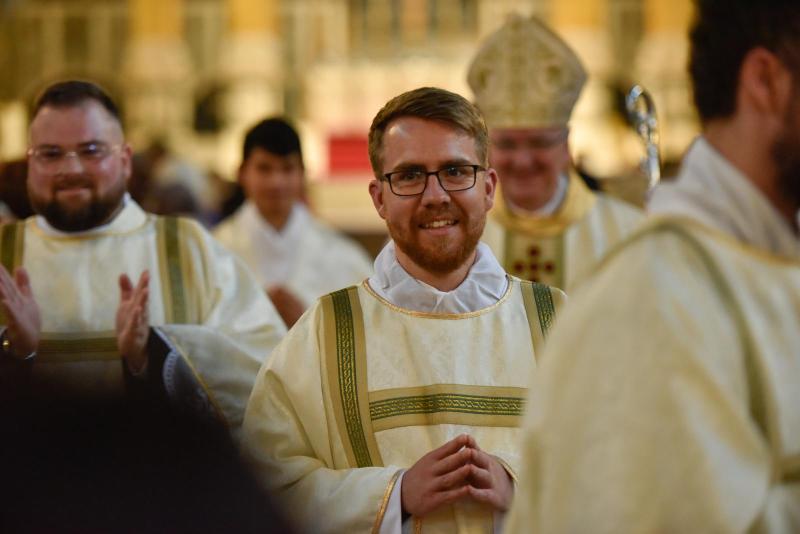For more than 200 years the huge three-sided gallows known as the ‘Tyburn Tree’ stood near the present-day Marble Arch. It was a notorious instrument of mass execution, upon which more than 1000 people met their deaths, including 105 beatified and canonised Catholic martyrs of the Reformation, such as Jesuits St Edmund Campion and St Robert Southwell.
The gallows were pulled down at the end of the 18th century but in October three young oak trees were planted on the site of the original gallows, arranged around a restored stone roundel declaring that this is ‘The site of the Tyburn Tree.’ As the trees grow, the likeness to the gallows will become ever more pronounced, offering a visible reminder of a dark period of British history.

The tree planting and restoration of the damaged roundel was a joint project between the Edgware Road Partnership, Tyburn Convent, Westminster City Council and Transport for London. It was marked by a ceremony in which Fr Christopher Pedley, a Jesuit priest from Farm Street parish, Mayfair, blessed the roundel with holy water.
He and fellow Jesuit Fr Dominic Robinson, nuns of Tyburn Convent, and other Catholics then honoured the martyrs by kneeling down to kiss the roundel in the centre of the traffic island.
Afterwards Fr Pedley said: ‘They have arranged the trees triangularly in a way which resembles the gallows used for executions. It is very significant, because it is the place where Catholic martyrs died and particularly a number of Jesuit martyrs between 1571 and 1679.’ The site is so significant for the Society of Jesus that when the order’s Superior General came to London he was brought to visit this spot.
At a reception in Tyburn Convent after the ceremony, Councillor Robert Davis, deputy leader of Westminster City Council, said the event was a ‘hugely important commemoration of one of the most poignant aspects of Westminster’s, London’s and the nation’s history.’
Tyburn, which means ‘boundary stream’ and refers to a tributary of the Thames, first became a place of public execution in the 12th century. By the 16th century it had become the ‘King’s gallows’ and on 4 May 1535 Charterhouse prior St John Houghton and four others became the first martyrs of the Reformation when they were hanged, drawn and quartered for refusing to take the oath attached to the Act of Succession.
Queen Elizabeth I rebuilt the gallows into the infamous three-sided Tyburn Tree in 1571 and frequently used them to execute Catholics in the religious persecution in the years afterwards. The last hanging there was in November 1783.




